NSD’s Nuclear Data Group has secured funding from the United States Nuclear Data Program to train the next generation of nuclear data evaluators.
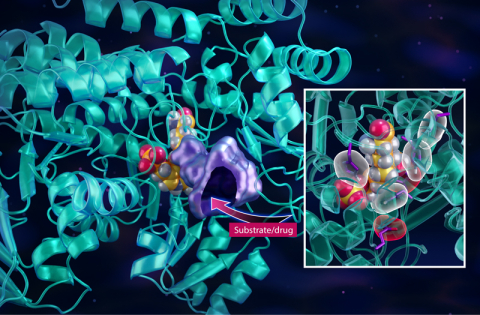
Researchers are analyzing every atom, chemical bond, and electrical charge inside a key enzyme that belongs to a metabolic pathway that cancer cells overuse to reproduce.
A Pennsylvania researcher builds and tests a novel device for measuring the precursor gases in seed-particle formation.
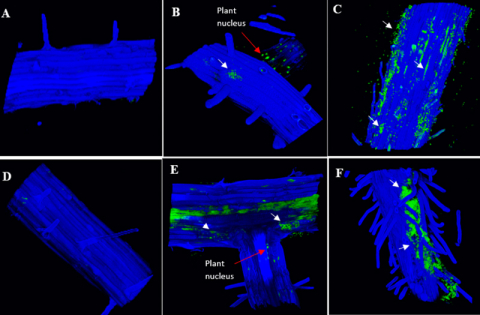
Scientists supported by the DOE’s Office of Science investigated how bacteria interact with plants’ hormones.
The observatory will create a 10-year, high-precision chronicle of trillions of cosmic events and objects across the vastness of space and time.

Researchers supported by the DOE Office of Science are working to understand snow drought and how it affects water supplied by mountainous areas.
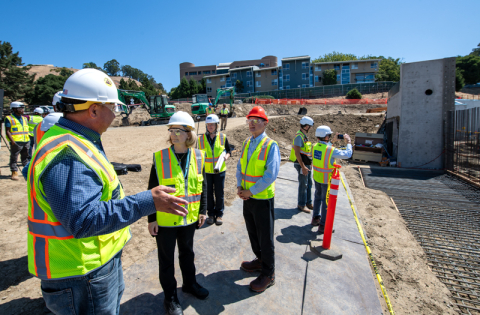
Berkeley Lab’s newest building will be the hub of the laboratory’s campus.
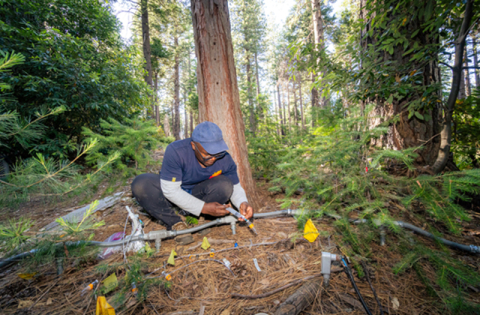
Researchers work in the mountains and at the seashore to study how warmer temperatures impact the ability of deep subsoils to store carbon.
A University of Kansas aerospace engineer aims high-performance computing at intricate airflow patterns to improve aircraft flight.
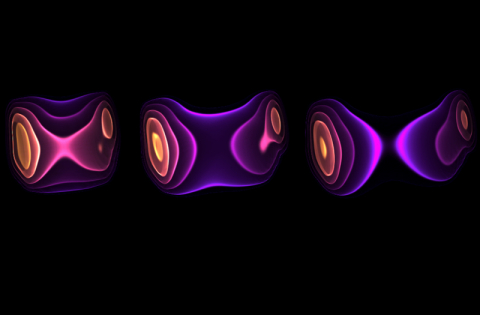
Both data from the Large Hadron Collider and theoretical analysis suggest that photons colliding with ions may be producing the quark-gluon plasma.

